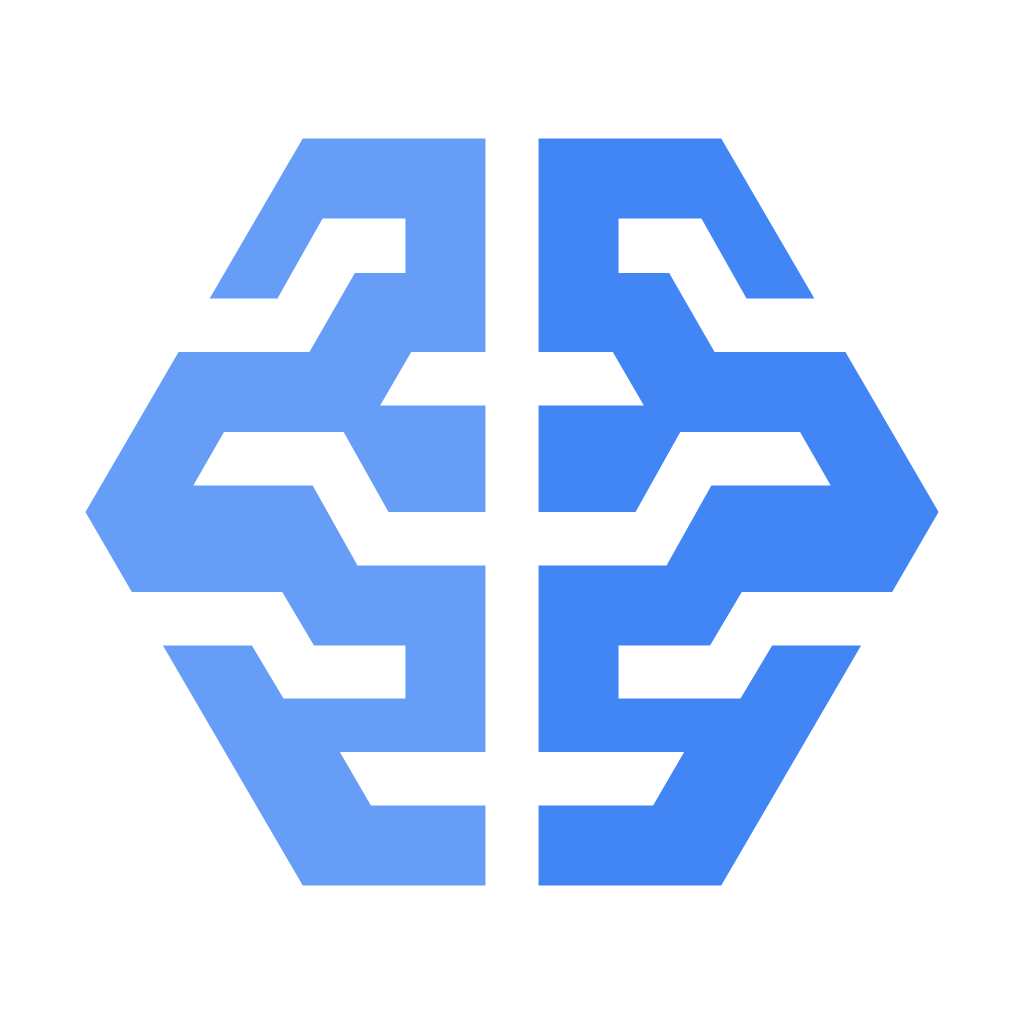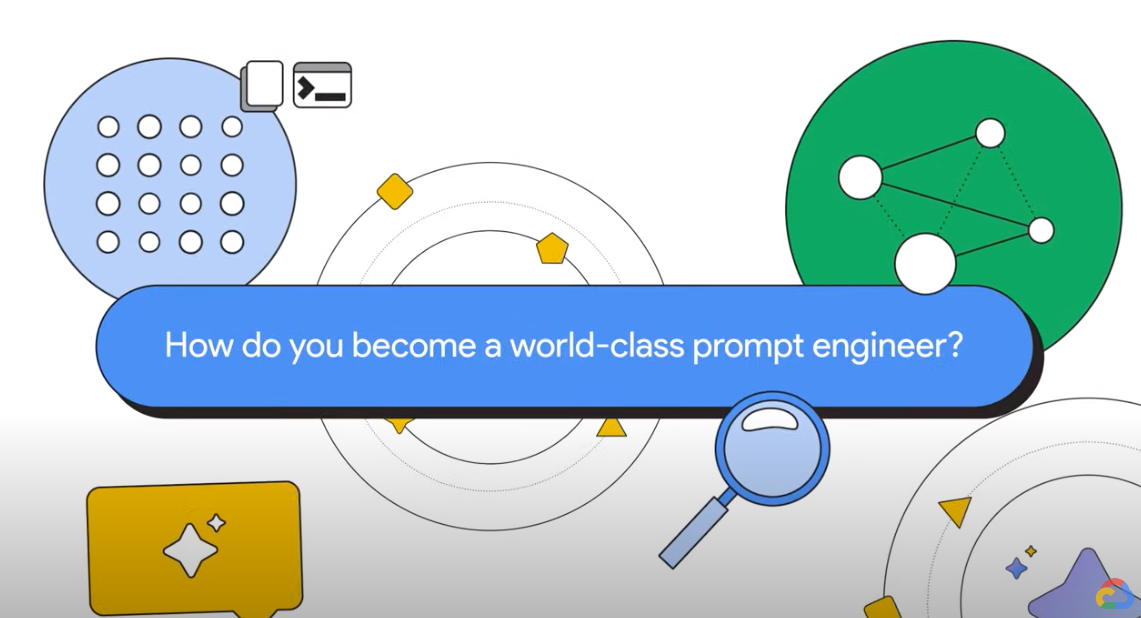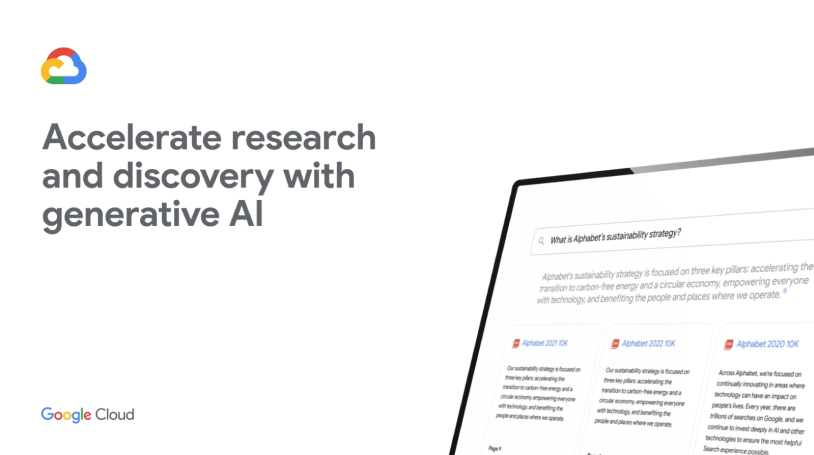
Large Language Models (LLMs)
Large Language Models powered by world-class Google AI
Google Cloud brings innovations developed and tested by Google DeepMind to our enterprise-ready AI platform so customers can start using them to build and deliver generative AI capabilities today — not tomorrow.
New customers get $300 in free credits to spend on Vertex AI.
Overview
What is a large language model (LLM)?
A large language model (LLM) is a statistical language model, trained on a massive amount of data, that can be used to generate and translate text and other content, and perform other natural language processing (NLP) tasks.
LLMs are typically based on deep learning architectures, such as the Transformer developed by Google in 2017, and can be trained on billions of text and other content.
What are some examples of popular foundation models?
Vertex AI offers access to Gemini, a multimodal model from Google DeepMind. Gemini is capable of understanding virtually any input, combining different types of information, and generating almost any output. Prompt and test in Vertex AI with Gemini, using text, images, video, or code. Using Gemini’s advanced reasoning and state-of-the-art generation capabilities, developers can try sample prompts for extracting text from images, converting image text to JSON, and even generate answers about uploaded images to build next-gen AI applications.
What are the use cases for large language models?
Text-driven LLMs are used for a variety of natural language processing tasks, including text generation, machine translation, text summarization, question answering, and creating chatbots that can hold conversations with humans.
LLMs can also be trained on other types of data, including code, images, audio, video, and more. Google AI's Veo, Imagen and Chirp are examples of such models that will spawn new applications and help create solutions to the world’s most challenging problems.
What are the benefits of large language models?
LLMs are pre-trained on a massive amount of data. They are extremely flexible because they can be trained to perform a variety of tasks, such as text generation, summarization, and translation. They are also scalable because they can be fine-tuned to specific tasks, which can improve their performance.
What large language model services does Google Cloud offer?
Generative AI on Vertex AI: Gives you access to Google's large generative AI models so you can test, tune, and deploy them for use in your AI-powered applications.
Vertex AI Agent Builder: Allows developers to build agents with an open approach and deploy them with enterprise-grade controls.
Customer Engagement Suite with Google AI: Intelligent Contact Center solution which includes Dialogflow, our conversational AI platform with both intent-based and LLM capabilities.
How It Works
LLMs work by using a massive amount of text data to train a neural network. This neural network is then used to generate text, translate text, or perform other tasks. The more data that is used to train the neural network, the better and more accurate it will be at performing its task.
Google Cloud developed products based on its LLM technologies, catering to a wide variety of use cases you can explore in the Common Uses section below.
LLMs work by using a massive amount of text data to train a neural network. This neural network is then used to generate text, translate text, or perform other tasks. The more data that is used to train the neural network, the better and more accurate it will be at performing its task.
Google Cloud developed products based on its LLM technologies, catering to a wide variety of use cases you can explore in the Common Uses section below.
Common Uses
Build a chatbot
Build a LLM powered chatbot
Vertex AI Agents facilitates the creation of natural-sounding, human-like chatbots. Generative AI Agent is a feature within Vertex AI Agents that is built on top of functionality in Dialogflow CX.
With this feature, you can provide a website URL and/or any number of documents, and then Generative AI Agent parses your content and creates a virtual agent that is powered by data stores and LLMs.
How-tos
Build a LLM powered chatbot
Vertex AI Agents facilitates the creation of natural-sounding, human-like chatbots. Generative AI Agent is a feature within Vertex AI Agents that is built on top of functionality in Dialogflow CX.
With this feature, you can provide a website URL and/or any number of documents, and then Generative AI Agent parses your content and creates a virtual agent that is powered by data stores and LLMs.
Research and information discovery
Find and summarize complex information in moments
Extract and summarize valuable information from complex documents, such as 10-K forms, research papers, third-party news services, and financial reports—with a click of a button. Watch how Vertex AI Search uses natural language to understand semantic queries, offer summarized responses, and provide follow-up questions in the demo on the right.
Research and information discovery solution architecture
The solution uses Vertex AI Agent Builder as its core component. With Vertex AI Agent Builder, even early career developers can rapidly build and deploy chatbots and search applications in minutes.
How-tos
Find and summarize complex information in moments
Extract and summarize valuable information from complex documents, such as 10-K forms, research papers, third-party news services, and financial reports—with a click of a button. Watch how Vertex AI Search uses natural language to understand semantic queries, offer summarized responses, and provide follow-up questions in the demo on the right.
Additional resources
Research and information discovery solution architecture
The solution uses Vertex AI Agent Builder as its core component. With Vertex AI Agent Builder, even early career developers can rapidly build and deploy chatbots and search applications in minutes.
Document summarization
Process and summarize large documents using Vertex AI LLMs
With Generative AI Document Summarization, deploy a one-click solution that helps detect text in raw files and automate document summaries. The solution establishes a pipeline that uses Cloud Vision Optical Character Recognition (OCR) to extract text from uploaded PDF documents in Cloud Storage, creates a summary from the extracted text with Vertex AI, and stores the searchable summary in a BigQuery database.
How-tos
Process and summarize large documents using Vertex AI LLMs
With Generative AI Document Summarization, deploy a one-click solution that helps detect text in raw files and automate document summaries. The solution establishes a pipeline that uses Cloud Vision Optical Character Recognition (OCR) to extract text from uploaded PDF documents in Cloud Storage, creates a summary from the extracted text with Vertex AI, and stores the searchable summary in a BigQuery database.
Build an AI-powered contact center
Build an AI-powered contact center with CCAI
Powered by AI technologies such as natural language processing, machine learning, and text and speech recognition, Customer Engagement Suite with Google AI offers a Contact Center as a Service (CCaaS) solution that helps build a contact center from the ground up. It also has individual tools that target specific aspects of a contact center, for example Conversational Agents (Dialogflow) for building a chatbot, Agent Assist for real-time assistance to human agents, and Conversational Insights for identifying call drivers and sentiment.
How-tos
Build an AI-powered contact center with CCAI
Powered by AI technologies such as natural language processing, machine learning, and text and speech recognition, Customer Engagement Suite with Google AI offers a Contact Center as a Service (CCaaS) solution that helps build a contact center from the ground up. It also has individual tools that target specific aspects of a contact center, for example Conversational Agents (Dialogflow) for building a chatbot, Agent Assist for real-time assistance to human agents, and Conversational Insights for identifying call drivers and sentiment.

















